A lot of people make the mistake of hitting the gym and doing whatever exercises or body parts that appeal to them on that particular day. Maybe they base their workouts on what their training buddy is doing, “Hey – I’m doing chest today; wanna join?”
While this random approach to training is better than not training at all, you’ll get much better results if you follow a program, either one written for you like those on Fitness Volt, or one you write for yourself.
While there is nothing wrong with following cookie-cutter programs or having your workouts designed for you by a trainer, most lifters should, at some point, try writing their own training plan.
There are several reasons for this, including:
Individualization – even the best cookie-cutter programs are aimed at populations and not individuals. Writing your own workouts means that everything you do will match your needs and goals.
Specificity – write the workout that best addresses your training goals. If you want bigger arms or more muscular legs, you can create a program that will help you realize these dreams.
Level Up Your Fitness: Join our 💪 strong community in Fitness Volt Newsletter. Get daily inspiration, expert-backed workouts, nutrition tips, the latest in strength sports, and the support you need to reach your goals. Subscribe for free!
Education – writing your own workouts can be a helpful learning experience. You’ll soon find out what does and what doesn’t work. Armed with this information, even if you never write your own program again, you’ll find it a lot easier to tell the difference between the good cookie-cutter programs and the bad.
Control – stop leaving your workout progress to the plans of others! Take more responsibility for your results by creating your own workouts.
Your workout should match your training goal, the amount of time you have to train, your experience, and your current level of fitness and strength. It should also address any areas of weakness or injury. Needless to say, a cookie-cutter program will not match these criteria.
In this article, we’re going to discuss muscle group training combos. Or, in other words, which muscles you should train together and those you should work separately.
The Main Muscle Groups
There are 206 muscles in the human body, and each one has an important function. They range from minuscule, like the stapedius, found in your inner ear, to your gluteus maximus, the largest muscle.
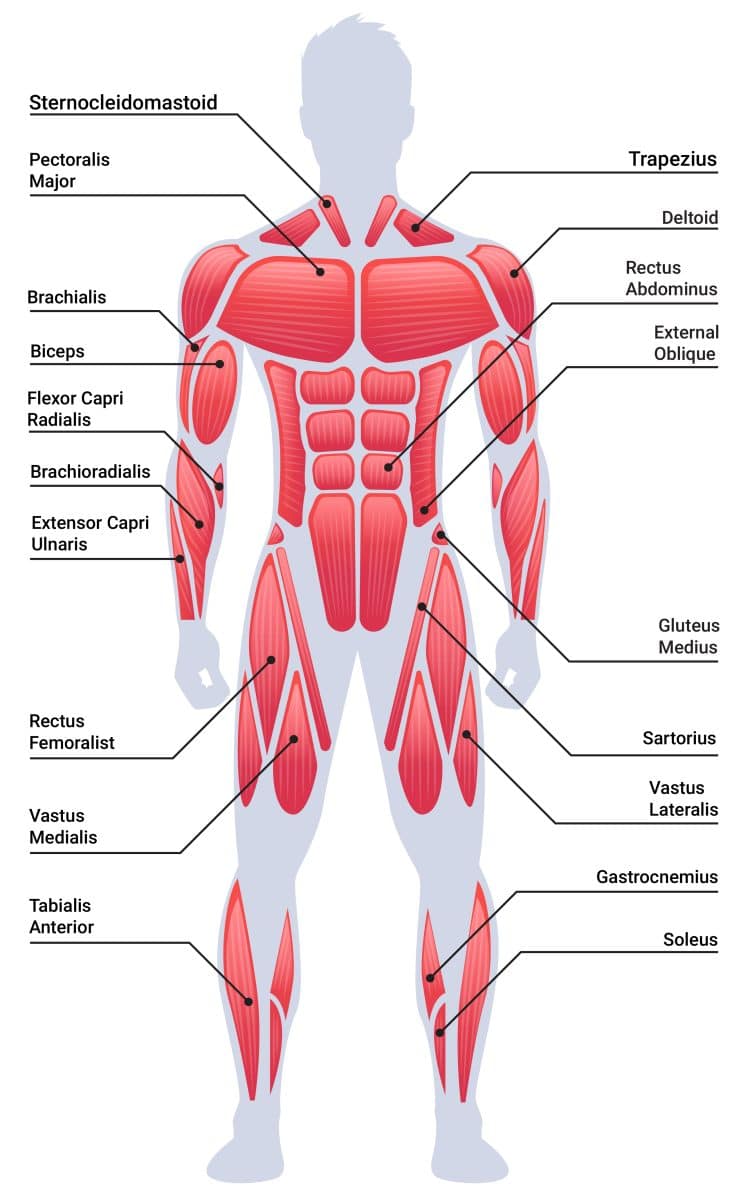
However, in terms of training, you don’t need to work each of the individual 206 muscles. Instead, it’s more common to focus on the bigger, more prominent muscles, which are:
- Pectoralis major – chest
- Latissimus dorsi – back
- Trapezius – upper back
- Deltoids – shoulders
- Biceps – front of the upper arm
- Triceps – back of the upper arm
- Forearms – lower arm
- Core – abdominals, waist, and lower back
- Quadriceps – front of the thigh
- Hamstrings – back of the thigh
- Gluteus maximus – back of hip
- Calves – lower leg
Some of these muscles can be trained at the same time. For example, if you do squats, the quadriceps, hamstrings, and gluteus maximus are all worked together. However, you can also target these muscles individually.
Unless you do full-body workouts, training typically involves working different muscles on different days in what is called a split routine. Depending on the type of split you follow, you can divide your muscle groups over two, three, four, or more workouts.
Related: The 12 Best Workout Splits
Creating a split routine means you need to decide which muscle groups to train together. Good muscle group training combos will enhance your workouts, while bad combos could undermine your progress, so it’s important to know the difference.
Best Muscle Group Training Combos
Not sure which muscles to train together? Here are the best muscle group training combos! There are pros and cons to each one, so weigh up your needs and wants, and then choose the combos that work best for you. What works for one person may not work so well for another.
1. Chest and Shoulders
Chest and shoulders work well together because the movements for both muscle groups are very similar. By training your chest first, your shoulders will be nicely warmed up and ready for the next part of your workout.
On the downside, your shoulders may be tired after your chest exercises, so this is not an ideal set-up if you want to push your shoulders as hard as possible. Also, as most chest and shoulder exercises involve your triceps, there is another potential weak link to think about.
2. Chest and Back
If the chest and shoulders combo doesn’t work for you, try pairing your chest with your back. This creates a push-pull workout that means you should be able to put maximal effort into both body parts.
However, because the chest and back are large muscle groups, this workout could be both time-consuming and tiring.
3. Chest and Triceps
Most chest exercises also involve your triceps, so combining these two muscle groups in a single workout makes a certain amount of sense. As with the chest and shoulder training combo, working your chest first will warm up your triceps, which may be beneficial.
Unfortunately, training chest before triceps may mean your triceps are already tired so, when it’s time to work them, you cannot lift such heavy weights or do as many reps. This could make your triceps workout less productive.
4. Chest and Biceps
With this combo, you get to work two of the most popular muscle groups during the same workout. As an added benefit, your biceps aren’t directly involved in the chest exercises, so they’ll be fresh and ready to go, and you’ll be able to train them with maximum intensity.
5. Back and Biceps
As with chest and triceps, training your back and biceps together can work and has the same advantages and disadvantages as the all pushing combo. Back exercises also involve your biceps, providing them with a warm-up before you train them more directly. However, your biceps will already be tired when you get to that part of your workout, which could make your training less effective.
Level Up Your Fitness: Join our 💪 strong community in Fitness Volt Newsletter. Get daily inspiration, expert-backed workouts, nutrition tips, the latest in strength sports, and the support you need to reach your goals. Subscribe for free!
6. Back and Triceps
This pull-push combo works just like the chest and biceps pairing discussed above. It’s a good training combo because the first body part won’t hurt your performance of the second.
7. Back and Trapezius
The traps are technically part of the upper back. Located across and between your shoulders, they pull your scapulae or shoulder blades down, back, and up. They’re involved in most back exercises, so it makes sense to train these muscles together.
8. Shoulders and Trapezius
While the traps are most definitely an upper back muscle, some people like to train them with their shoulders. This makes a lot of sense as both are medium-sized muscle groups and dissimilar enough that you can train them together without affecting one another.
9. Shoulders and Triceps
Some of the best shoulder exercises involve the triceps, such as barbell and dumbbell overhead presses. So, like the chest/triceps combo, your triceps will be warmed up and ready to go when it’s time to train them.
However, if you do a lot of pressing exercises, your triceps could be fatigued, making it impossible to work them with maximum intensity and volume.
10. Shoulders and Biceps
This training combo is a lot like training chest and biceps together. Your biceps aren’t directly involved in most shoulder exercises, so you’ll be able to train both muscle groups with maximum intensity.
11. Shoulders, Biceps, and Triceps
Compared to your chest and back, the shoulders are a smaller muscle group. As such, a lot of lifters like to combine them with more than one other body part. Shoulders and arms combine really well, especially if you train your triceps last. This provides a short but valuable break between pushing and pulling exercises.
12. Biceps and Triceps
If you really want your arms to grow, you may wish to dedicate an entire workout to your biceps and triceps. These muscles are anatomical opposites, so you can train each one as hard as you like without tiring the other.
13. Biceps, Triceps, and Forearms
Because the biceps and triceps are relatively small muscles, you should have plenty of energy left over to train your forearms during the same workout. Hit your forearms after your biceps and triceps and not before. Tired forearms could weaken your grip and stop you from training your upper arms, and especially your biceps, as hard as you otherwise could.
14. Quadriceps, Hamstrings, and Glutes
While most people divide their upper body into separate muscle groups, i.e., chest, back, arms, etc., when it comes to the lower body, a lot of exercisers just train “legs” and work the quads, hamstrings, and glutes together. This makes sense because compound leg exercises involve all these muscles.
That said, it is also possible to emphasize the quadriceps (forward lunges, leg extensions, and leg press) or the hamstrings (deadlifts, leg curls, reverse lunges) and also isolate the glutes.
For this reason, some people may prefer to do quad-dominant leg exercises one day and hamstring/glute dominant exercises on another. That’s a good option if your leg development is lagging behind the rest of your body and needs some extra attention.
You can train your calves in combination with any muscle group – upper or lower – as they don’t effect any other exercise. However, it makes the most sense to train your calves and upper legs together.
15. Core and any Other Muscle Group
You can train your core (abs, obliques, lower back, transverse abdominis) with any muscle group, big or small, upper body or lower body. However, it’s generally best to work your core toward the end of your workout. That way it won’t undermine your core stability and exercise performance.
Combos to Avoid
So, while all of the above combos can work, there are a few combos that are better to avoid. They could make your workouts less effective and even dangerous.
1. Biceps BEFORE Back
Doing things like biceps curls before pull-ups or bent over rows could undermine your back workout. Tired biceps mean you won’t be able to train your back as hard or as heavy as usual. While back followed by biceps can work, it’s usually best not to try and train your biceps before your back.
2. Triceps BEFORE Chest or Shoulders
Compound chest and triceps exercises also involve your triceps. It would be a bad idea to do things like triceps pushdowns and kickbacks before bench and overhead presses. Leave your triceps to the end of your workout so you can put maximal effort into the compound lifts.
3. Core BEFORE Legs or Back
Most leg and back exercises also involve your core, albeit indirectly. You use your core muscles to stabilize your spine and prevent it from rounding. A rounded lower back is a weak lower back and prone to injury.
Maintaining the natural curve of your lower back during exercises like deadlifts and bent-over rows is hard enough without having to do it with a tired core. For that reason, it’s best to leave core training to after your main workout, during an isolation-focused workout, or on an entirely separate day.
4. Forearms BEFORE Anything
All upper body and many lower body exercises require a strong grip. If your grip fails, you may find that you cannot continue your set, even though you haven’t fatigued the target muscle. Because of this, it’s best to train your forearms at the end of your workout. That way they won’t interfere with the other exercises you have planned.
Wrapping Up
With so many different muscle group training combos to choose from, it’s easy to see why designing your own workouts can be a daunting prospect. However, it’s worth noting that, apart from the combos to avoid, almost any muscle group pairing will work.
The best way to find out what training combos are best for you is to try them all and see how you respond. You might love how pumped your triceps feel when you train chest and triceps together. Or you might prefer to have more strength for your secondary muscle group and combine back with triceps instead.
Ultimately, there are a lot of right and only a few wrong muscle group training combos. Experiment and find out what’s right for you.

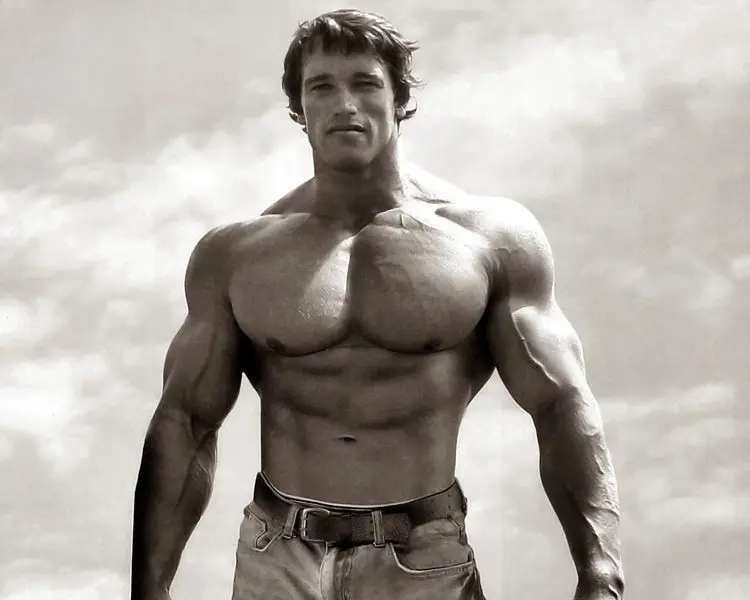
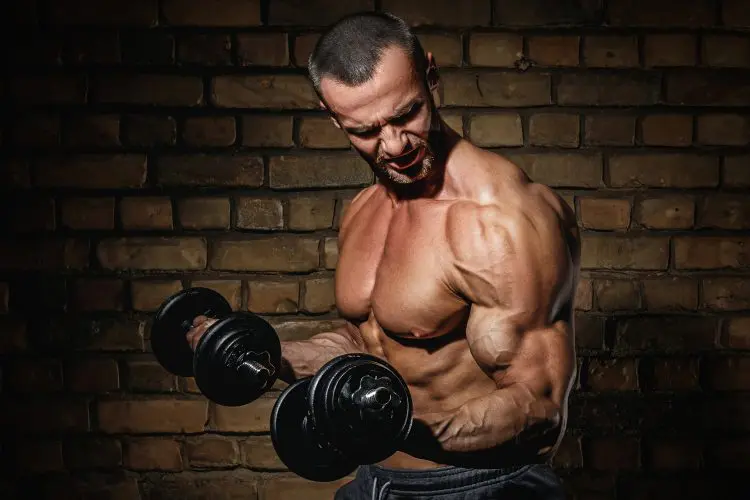
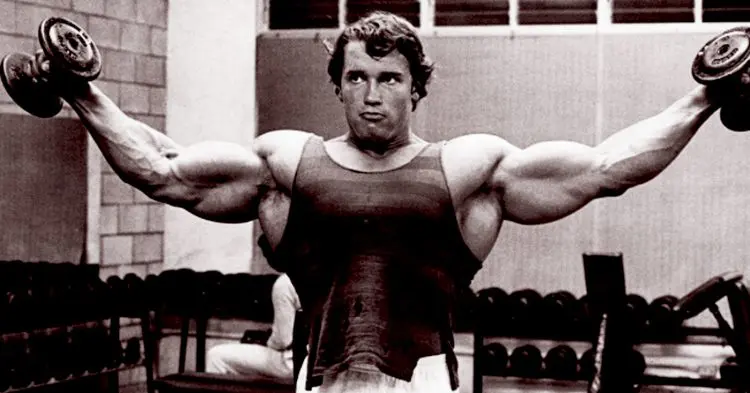
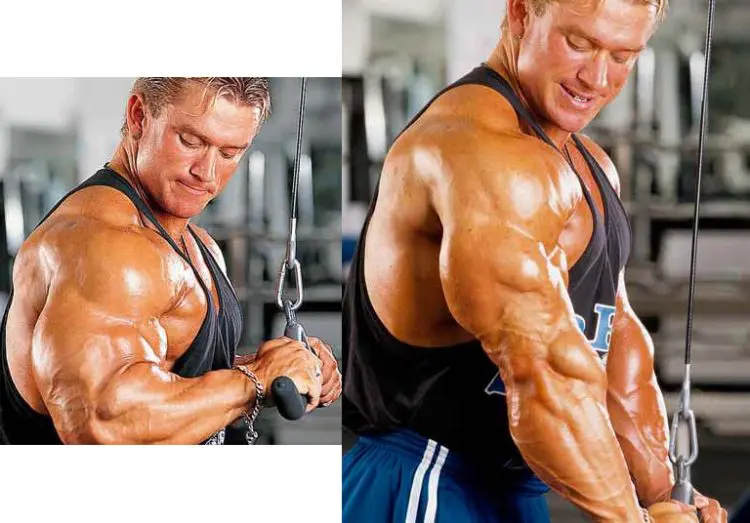
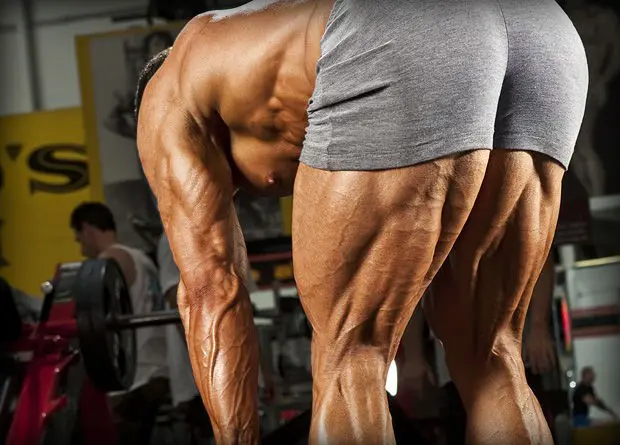

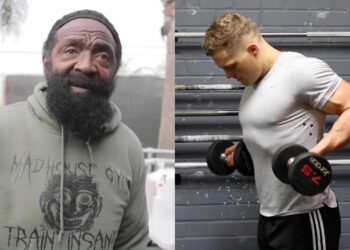


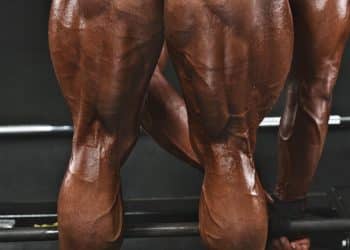
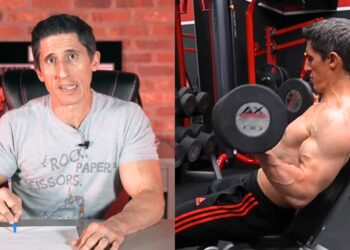


Thank you for the very interesting read and information! I have been mis-matching my workouts for too long and have been working muscles that I thought my body needed but it’s time to write a programme for myself. If I found your article a while ago who knows how much further down the road I’d be !
Cheers, Alex
Good to hear Alex – hope you get your training on track!